Home>Articles>What Temperature Should A Refrigerator Freezer Be
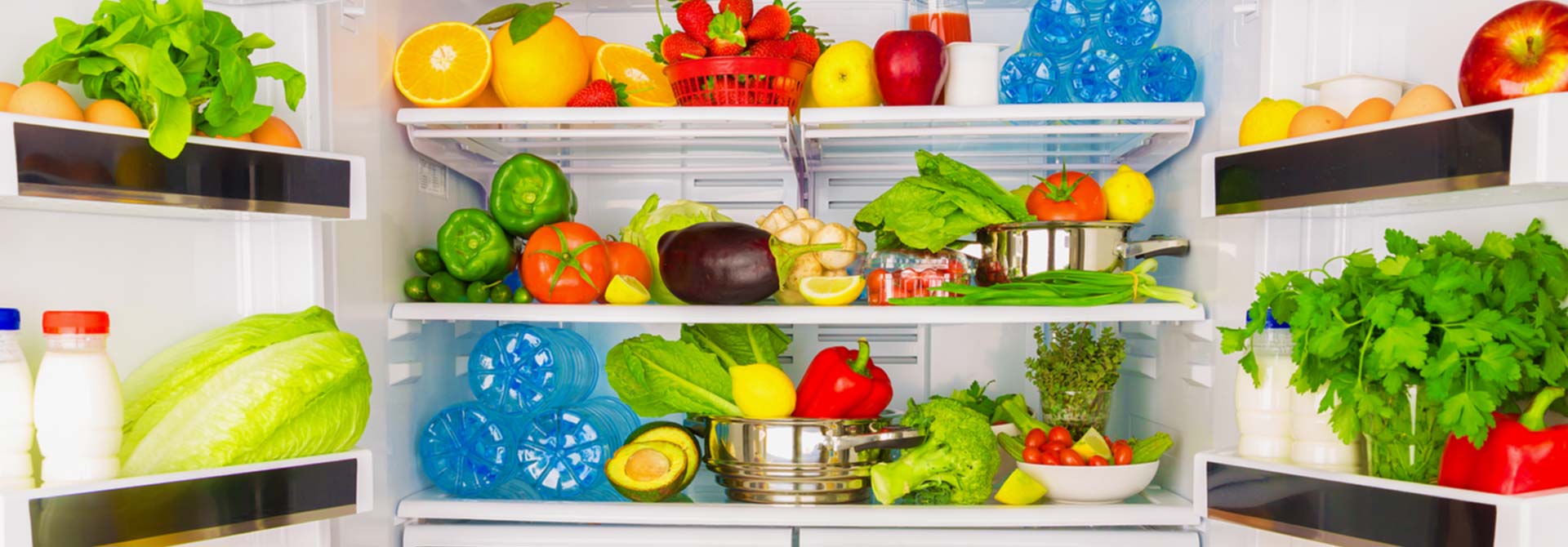

Articles
What Temperature Should A Refrigerator Freezer Be
Modified: March 20, 2024
Get expert advice on what temperature should a refrigerator freezer be in our informative articles. Ensure your food stays fresh and safe.
(Many of the links in this article redirect to a specific reviewed product. Your purchase of these products through affiliate links helps to generate commission for Storables.com, at no extra cost. Learn more)
Introduction
A refrigerator freezer is an essential appliance in households, keeping our perishable food items fresh and safe for consumption. It plays a vital role in preserving the quality and longevity of our groceries, preventing bacterial growth, and maintaining the nutritional value of stored foods. One crucial aspect of ensuring the optimal performance of a refrigerator freezer is maintaining the right temperature.
In this article, we will explore the ideal temperature for a refrigerator freezer, the factors that can impact its temperature, and tips for setting and maintaining the correct temperature range. We will also discuss the signs that indicate incorrect temperature settings in a refrigerator freezer. So, let’s dive in and learn more about the temperature requirements of a refrigerator freezer.
Key Takeaways:
- Maintain the ideal temperature range of 34°F to 40°F for the refrigerator and 0°F to 5°F for the freezer to ensure food safety and preservation, while considering factors like external temperature and food placement.
- Regularly monitor and maintain consistent temperatures, and be vigilant for signs of incorrect temperature such as food spoilage, thawing frozen foods, foul odors, ice buildup, water leakage, and unusual noises to prevent food spoilage and appliance malfunction.
Read more: What Temperature Should A Freezer Be
Ideal Temperature for a Refrigerator Freezer
The ideal temperature for a refrigerator freezer is crucial for food safety and preservation. Maintaining the correct temperature ensures that perishable items are kept at a level that inhibits the growth of harmful bacteria while still preserving the quality and freshness of the food.
For the refrigerator compartment, the recommended temperature range is between 34°F (1°C) and 40°F (4°C). This temperature range is ideal for keeping fruits, vegetables, dairy products, and other perishable items fresh for an extended period. However, it’s worth noting that certain specific foods may require slightly lower or higher temperatures for optimal storage.
As for the freezer compartment, the ideal temperature range is between 0°F (-18°C) and 5°F (-15°C). This temperature range ensures that frozen foods are maintained at a safe temperature to prevent thawing and spoilage. It’s essential to keep the freezer temperature below 0°F (-18°C) to ensure the longevity of frozen goods.
It’s important to note that these temperature ranges are general guidelines, and the specific ideal temperature for your refrigerator freezer may vary depending on factors such as the brand, model, and type of refrigerator freezer you have. It’s always a good idea to consult your appliance’s user manual for manufacturer-recommended temperature settings.
Factors Affecting Refrigerator Freezer Temperature
Several factors can affect the temperature of a refrigerator freezer, and it’s essential to be aware of them to ensure optimal performance and food safety. Let’s explore some of the key factors that can impact the temperature of your refrigerator freezer:
- External Temperature: The ambient temperature of the room where the refrigerator freezer is located can influence its internal temperature. If the room temperature is too high, it may cause the refrigerator freezer to work harder to maintain the desired temperature, resulting in warmer temperatures inside.
- Frequency of Door Openings: Every time the refrigerator freezer door is opened, warm air from the surroundings enters the appliance, causing a temporary increase in temperature. The more frequently the door is opened, the more opportunity there is for warm air to enter, making it harder for the appliance to maintain the desired temperature.
- Proper Air Circulation: Ensuring proper air circulation inside the refrigerator freezer is crucial for maintaining consistent temperatures. Blocked vents or overcrowded shelves can restrict the flow of cold air, leading to uneven cooling and temperature fluctuations.
- Food Placement: The way you arrange your food items inside the refrigerator freezer can impact its temperature. It’s important to allow adequate space between items, especially in the freezer compartment, to ensure proper airflow. Overcrowding the freezer can restrict airflow and lead to temperature inconsistencies.
- Temperature Control Settings: Incorrect temperature control settings can result in temperature fluctuations. Make sure you have set the temperature to the recommended range for both the refrigerator and freezer compartments as specified in the appliance’s user manual.
Understanding these factors and taking appropriate measures can help ensure that your refrigerator freezer maintains the desired temperature range consistently, allowing for optimal food preservation and safety.
Setting the Temperature of a Refrigerator Freezer
Setting the temperature of your refrigerator freezer correctly is essential to ensure food safety and prevent spoilage. Here are some steps to help you set the temperature of your refrigerator freezer:
- Consult the User Manual: Refer to the user manual provided by the manufacturer for specific instructions on temperature control and settings for your refrigerator freezer model. This will give you accurate information on the recommended temperature range for both the refrigerator and freezer compartments.
- Locate the Temperature Controls: Identify the temperature control settings on your refrigerator freezer. Typically, they can be found inside the appliance, either on the back wall or in the control panel on the front of the unit. Depending on the model, you may have separate controls for the refrigerator and freezer compartments.
- Adjust the Temperature: Use the temperature control dial or buttons to adjust the temperature settings. Turn the dial or press the buttons in small increments and allow time for the temperature to stabilize before making further adjustments. It’s important to be patient, as it may take several hours for the temperature to reach the desired setting.
- Monitor the Temperature: Use a refrigerator thermometer to regularly check the temperature of both the refrigerator and freezer compartments. Place the thermometer in the middle of each compartment to get an accurate reading. This will help you ensure that the temperature remains within the recommended range.
- Make Adjustments as Needed: If you find that the temperature is consistently outside the recommended range, make small adjustments to the temperature controls and monitor the effect. Remember to allow sufficient time for the temperature to stabilize before making additional changes.
Setting the temperature of your refrigerator freezer accurately is crucial for food safety and proper storage. By following these steps and regularly monitoring the temperature, you can ensure that your refrigerator freezer maintains the ideal temperature for your food items.
The ideal temperature for a refrigerator freezer is 0°F (-18°C) to keep food safe and fresh. Use a thermometer to check and adjust the settings as needed.
Tips for Maintaining the Correct Temperature
Maintaining the correct temperature in your refrigerator freezer is vital for food safety and preservation. Here are some helpful tips to ensure that you can maintain the desired temperature range consistently:
- Keep the Doors Closed: Minimize the frequency and duration of door openings as much as possible. Each time the door is opened, warm air enters the appliance, causing the temperature to rise. By keeping the doors closed, you can prevent unnecessary temperature fluctuations.
- Inspect and Clean the Door Seals: Regularly check the door seals for any signs of damage or wear. Damaged seals can allow warm air to seep into the refrigerator freezer, causing temperature inconsistencies. Clean the seals with warm, soapy water to remove any debris that might interfere with their proper function.
- Allow Air Circulation: Avoid overpacking the refrigerator and freezer compartments. Allow adequate space between food items to ensure proper airflow. This helps maintain consistent temperatures throughout the appliance and prevents the formation of hot spots.
- Avoid Placing Hot Foods Inside: Allow hot foods to cool down to room temperature before placing them in the refrigerator or freezer. Introducing hot foods can cause the temperature to rise quickly and potentially compromise the safety of other perishable items.
- Regularly Defrost the Freezer: If you have a manual defrost freezer, make sure to defrost it regularly. The buildup of ice can interfere with proper temperature distribution and increase energy consumption. Follow the manufacturer’s instructions on defrosting to ensure effective and safe removal of the ice.
- Check the Temperature Controls: Periodically verify that the temperature controls are set to the recommended range. Temperature control knobs or buttons may accidentally get adjusted, resulting in temperature fluctuations. Double-checking the settings ensures that the temperature remains within the desired range.
- Consider the Location: Be mindful of where you place your refrigerator freezer. It should be away from direct sunlight, heat sources, and other appliances that generate heat. These external factors can raise the ambient temperature, making it harder for the appliance to maintain the desired temperature inside.
- Monitor and Maintain Consistent Temperatures: Use a thermometer to regularly monitor the temperature in both the refrigerator and freezer compartments. If you notice any significant deviations from the recommended range, take appropriate actions such as adjusting the temperature controls or contacting a professional technician to inspect and repair any potential issues.
By following these tips, you can ensure that your refrigerator freezer maintains the correct temperature consistently, keeping your food fresh, safe, and prolonging its shelf life.
Read more: What Temperature Should A Walk In Freezer Be
Signs of Incorrect Temperature in a Refrigerator Freezer
It’s important to be aware of the signs that indicate incorrect temperature settings in your refrigerator freezer. This will allow you to take necessary measures to address any issues and ensure that your food remains safe and properly preserved. Here are some signs to look out for:
- Food Spoilage: One of the most noticeable signs of incorrect temperature is food spoiling faster than usual. If you notice that your perishable items, such as fruits, vegetables, dairy products, or meats, are spoiling before their expiration dates, it may indicate that the temperature in the refrigerator or freezer compartment is too high.
- Frozen Foods Thawing: Another sign of incorrect temperature in the freezer compartment is frozen foods starting to thaw or become partially frozen. If you notice ice crystals forming on the surface of frozen items or if they feel soft to the touch, it may indicate that the temperature inside the freezer is too high.
- Foul Odors: Incorrect temperature settings can contribute to the growth of bacteria and other microorganisms, leading to unpleasant odors inside the refrigerator freezer. If you notice foul or off-putting smells coming from your appliance, it may be a result of the temperature being too high, allowing the proliferation of odor-causing bacteria.
- Ice Buildup in the Freezer: Excessive ice buildup inside the freezer compartment can indicate temperature inconsistencies. If you notice thick layers of ice accumulating on the walls or shelves of the freezer, it may be a sign that the temperature is fluctuating, causing condensation and subsequent freezing of the moisture within the compartment.
- Water Leakage: Inconsistent temperatures can also lead to water leakage inside the refrigerator freezer. If you notice water pooling at the bottom of the unit or along the walls, it may indicate that the temperature fluctuations are causing the melting of ice and subsequent water formation.
- Unusual Noises: An unusually loud or continuous running noise coming from your refrigerator freezer can be a sign of temperature-related issues. When the appliance is struggling to maintain the correct temperature, it may put additional strain on the compressor and cooling system, resulting in unusual sounds.
If you notice any of these signs, it’s important to address the temperature issue promptly. Verify the temperature settings, check for any obstructions in airflow, clean the condenser coils, and, if necessary, consider contacting a professional technician for further diagnosis and repair.
By being vigilant and proactive in identifying signs of incorrect temperature, you can ensure that your refrigerator freezer operates at the optimal temperature range, preserving the quality and safety of your food.
Conclusion
Maintaining the correct temperature in your refrigerator freezer is crucial for food safety, quality, and longevity. By understanding the ideal temperature range, factors that can affect temperature, and how to set and maintain the temperature properly, you can ensure that your food stays fresh and preserved for as long as possible.
The ideal temperature for the refrigerator compartment is typically between 34°F (1°C) and 40°F (4°C), while the freezer compartment should be set between 0°F (-18°C) and 5°F (-15°C). However, it’s important to refer to your appliance’s user manual for specific manufacturer recommendations.
External temperature, frequency of door openings, proper air circulation, and food placement are factors that can affect the temperature in your refrigerator freezer. It’s important to be mindful of these factors and take appropriate measures to maintain consistent temperatures.
To set the temperature correctly, consult your user manual, locate the temperature controls, and make gradual adjustments. Monitor the temperature with a thermometer and make further adjustments as needed. Additionally, remember to keep the doors closed, regularly check and clean the door seals, and allow proper airflow to maintain the desired temperature.
Signs of incorrect temperature include food spoilage, frozen foods thawing, foul odors, excessive ice buildup, water leakage, and unusual noises. If you notice any of these signs, it’s important to address the temperature issue promptly to prevent further food spoilage and potential appliance malfunction.
By following the tips provided in this article and staying vigilant in monitoring and maintaining the correct temperature, you can ensure that your refrigerator freezer performs optimally, keeping your food fresh, safe, and preserved for longer periods.
Remember, the refrigerator freezer is a vital appliance in our daily lives, and proper temperature control is key to maintaining food quality and safety. So, make it a priority to set and maintain the correct temperature in your refrigerator freezer, and enjoy the benefits of longer-lasting, fresher food!
Frequently Asked Questions about What Temperature Should A Refrigerator Freezer Be
Was this page helpful?
At Storables.com, we guarantee accurate and reliable information. Our content, validated by Expert Board Contributors, is crafted following stringent Editorial Policies. We're committed to providing you with well-researched, expert-backed insights for all your informational needs.
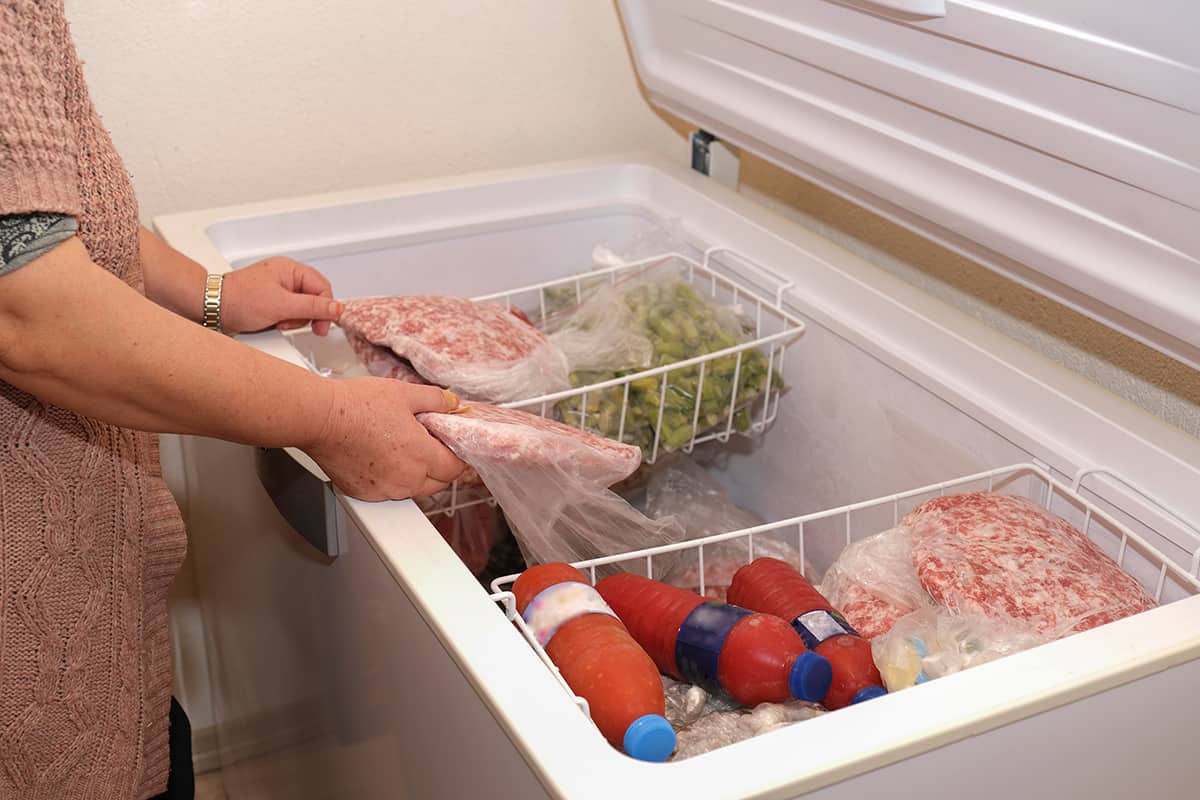
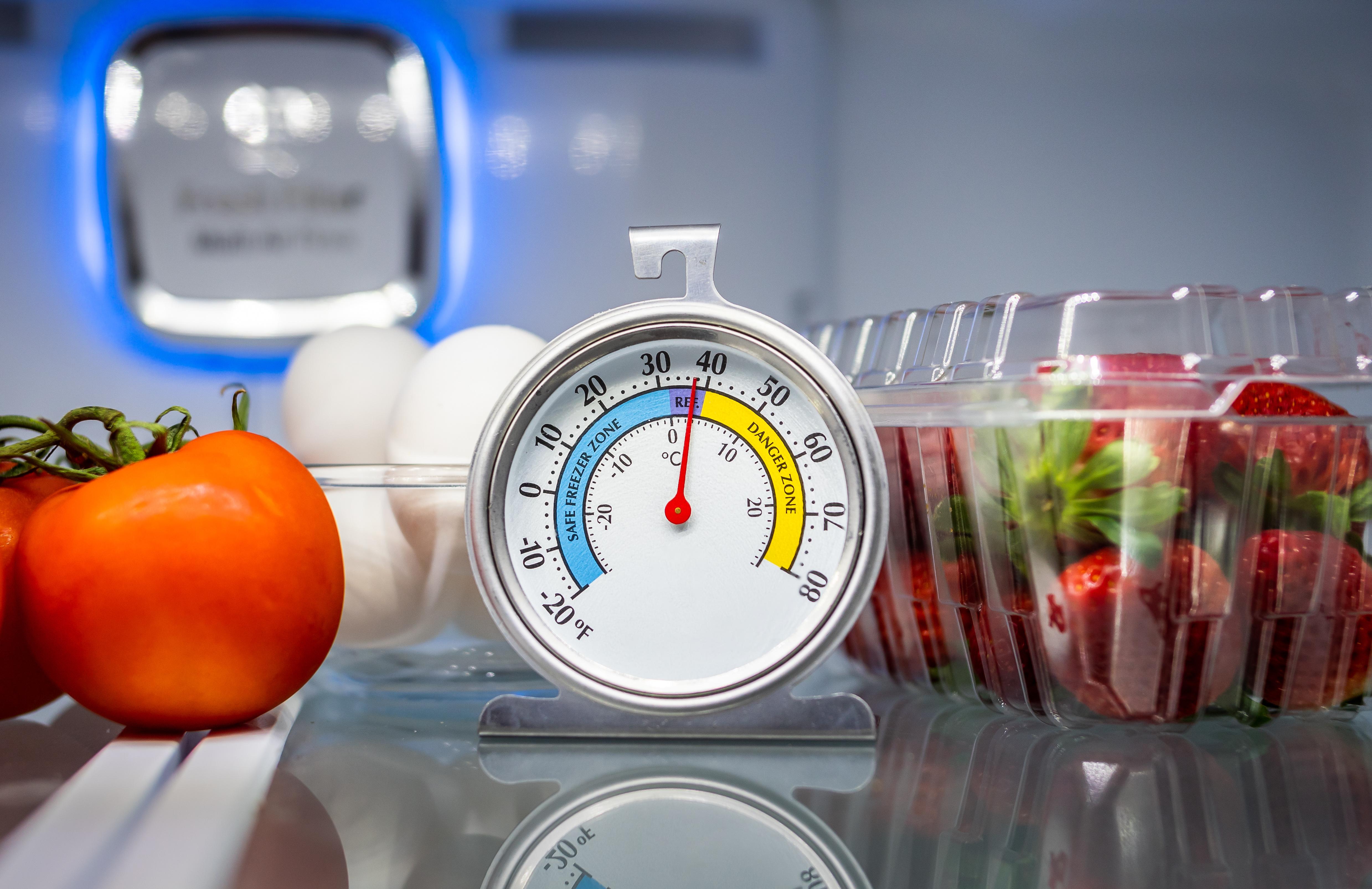
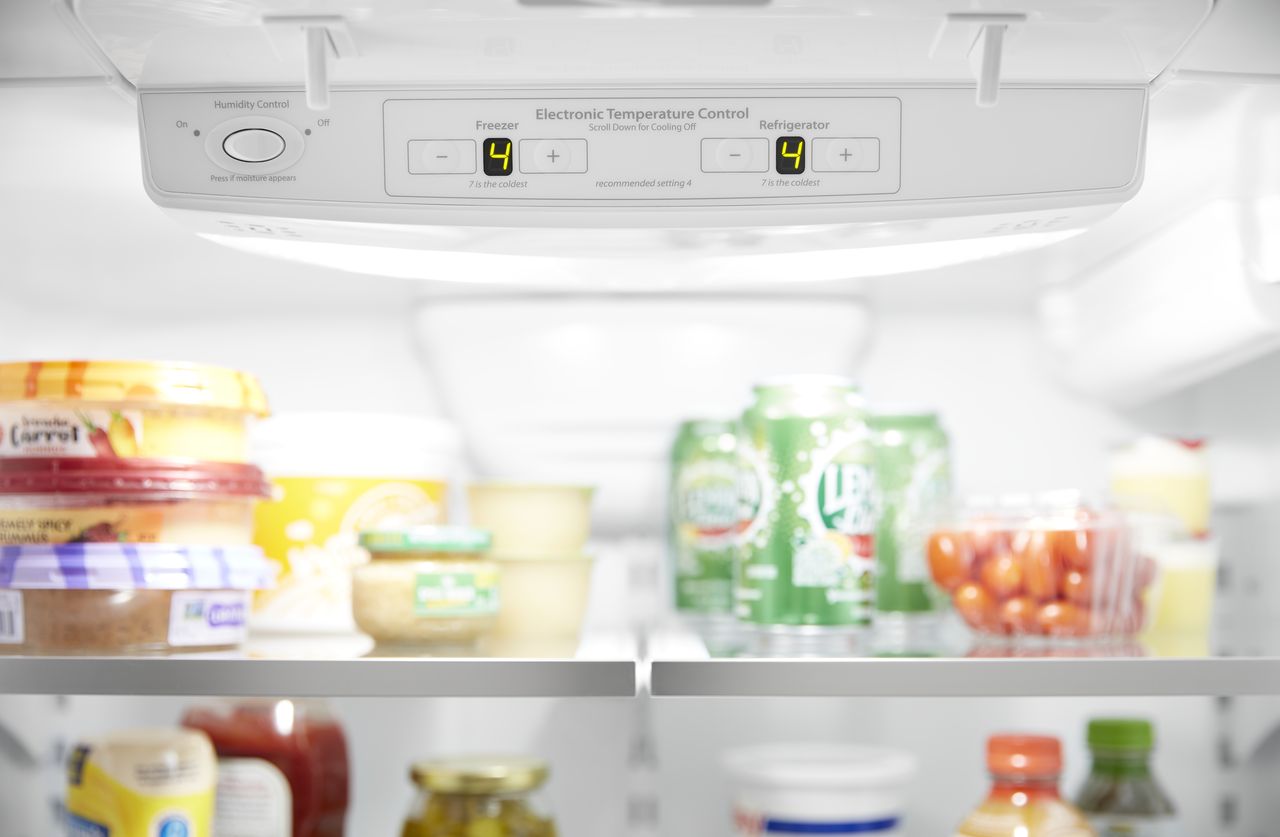
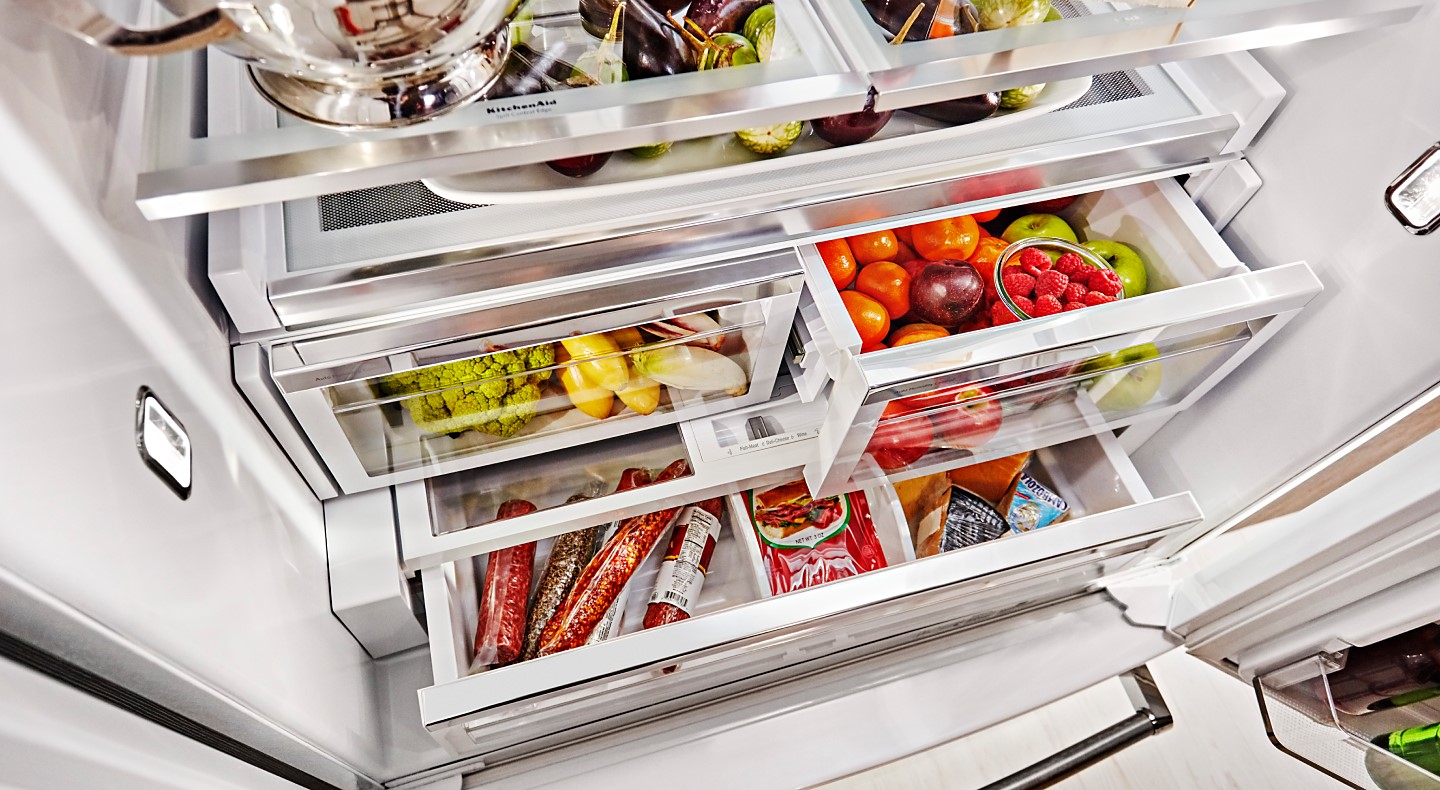
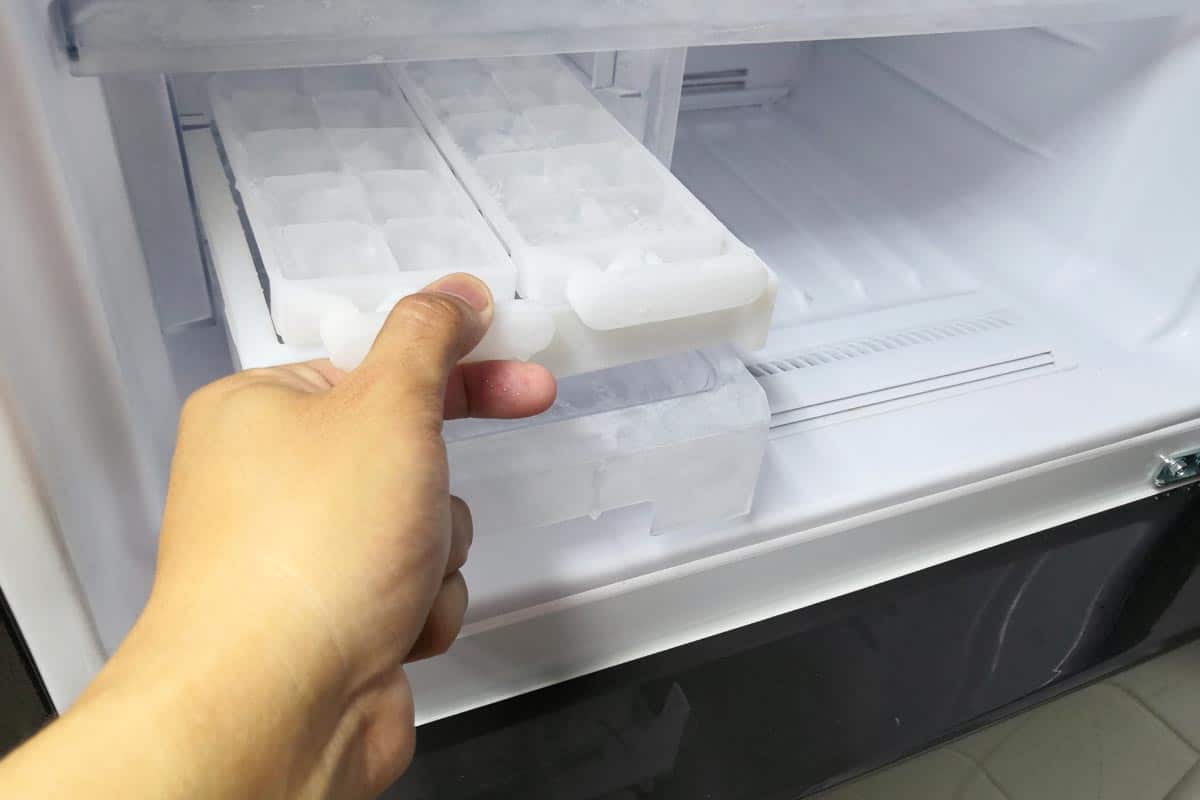
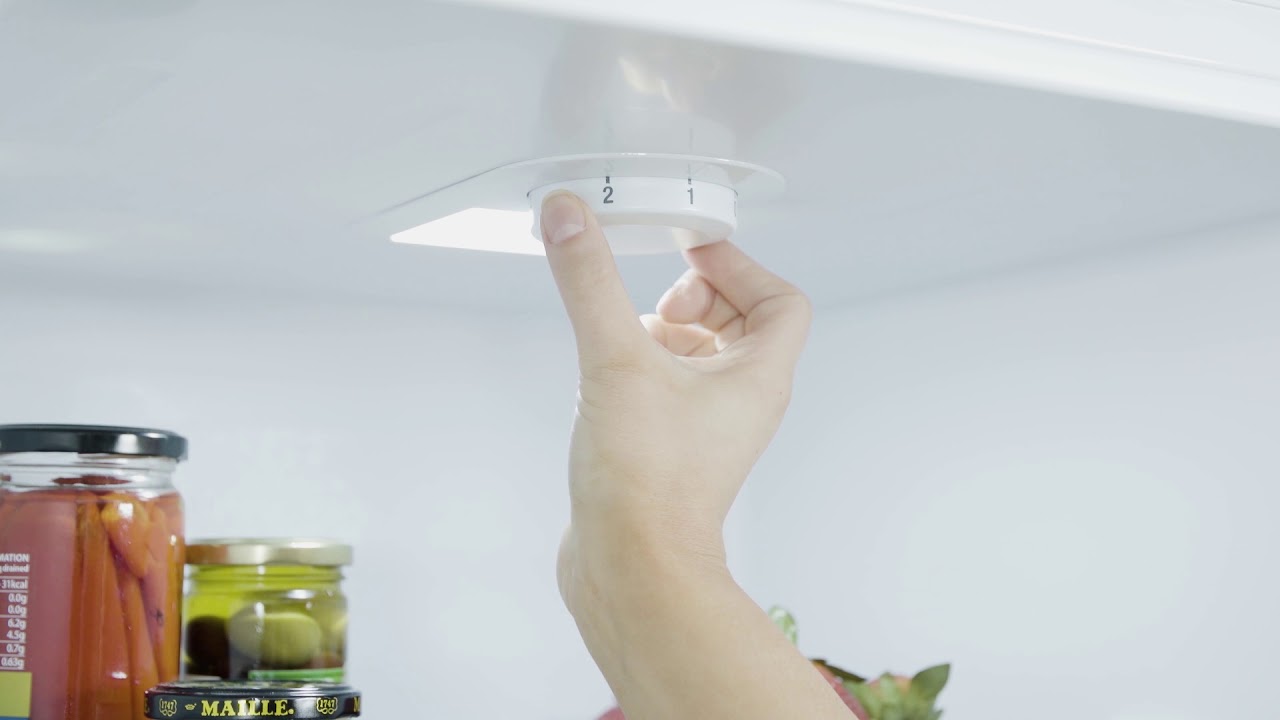
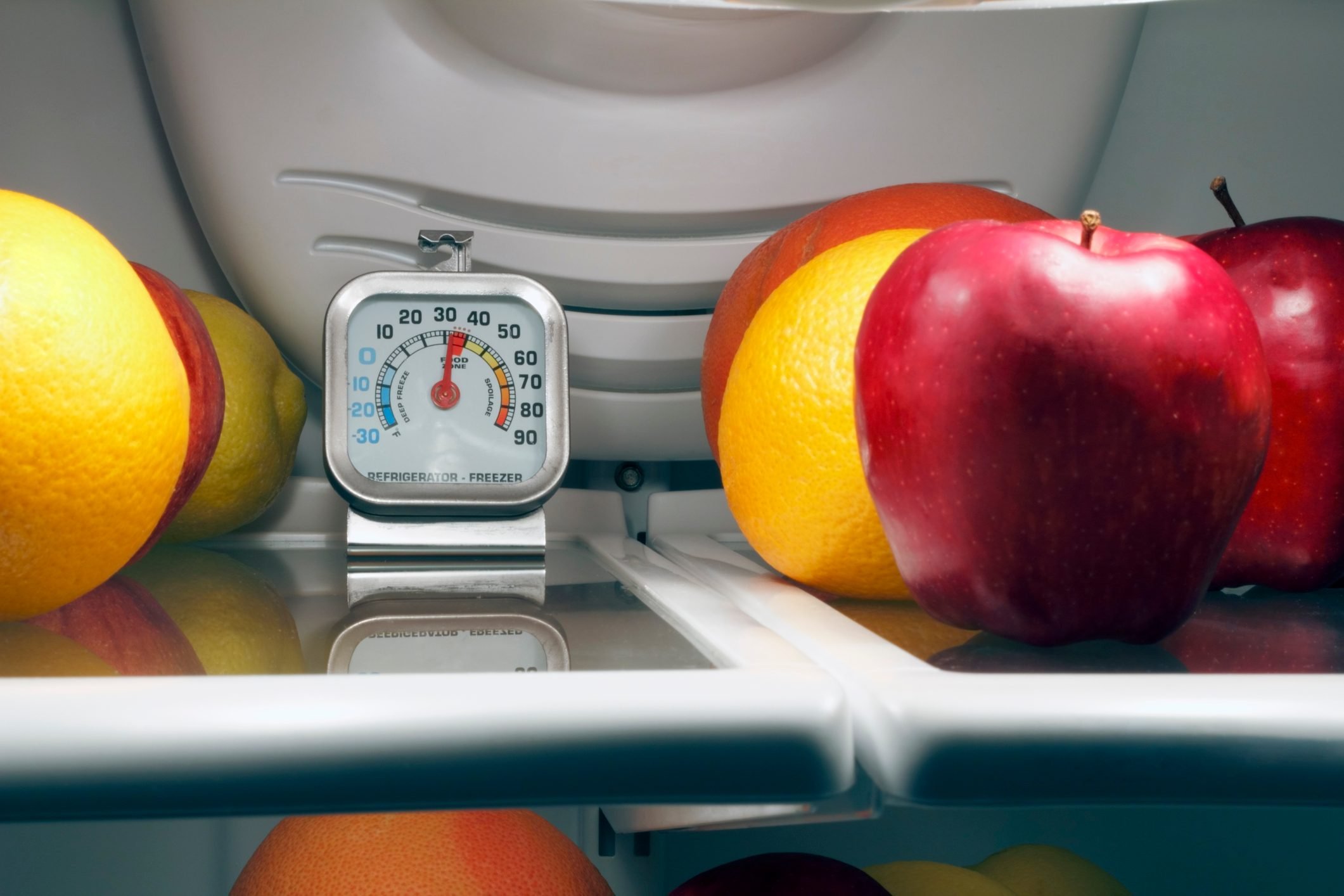
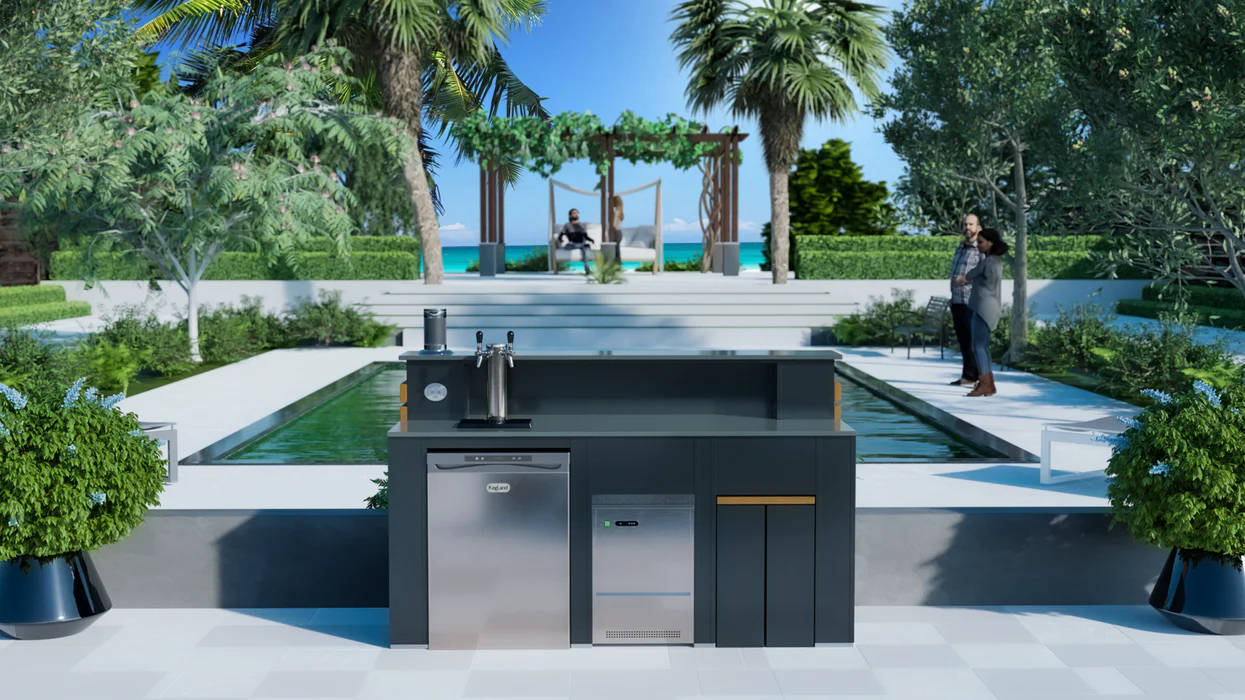
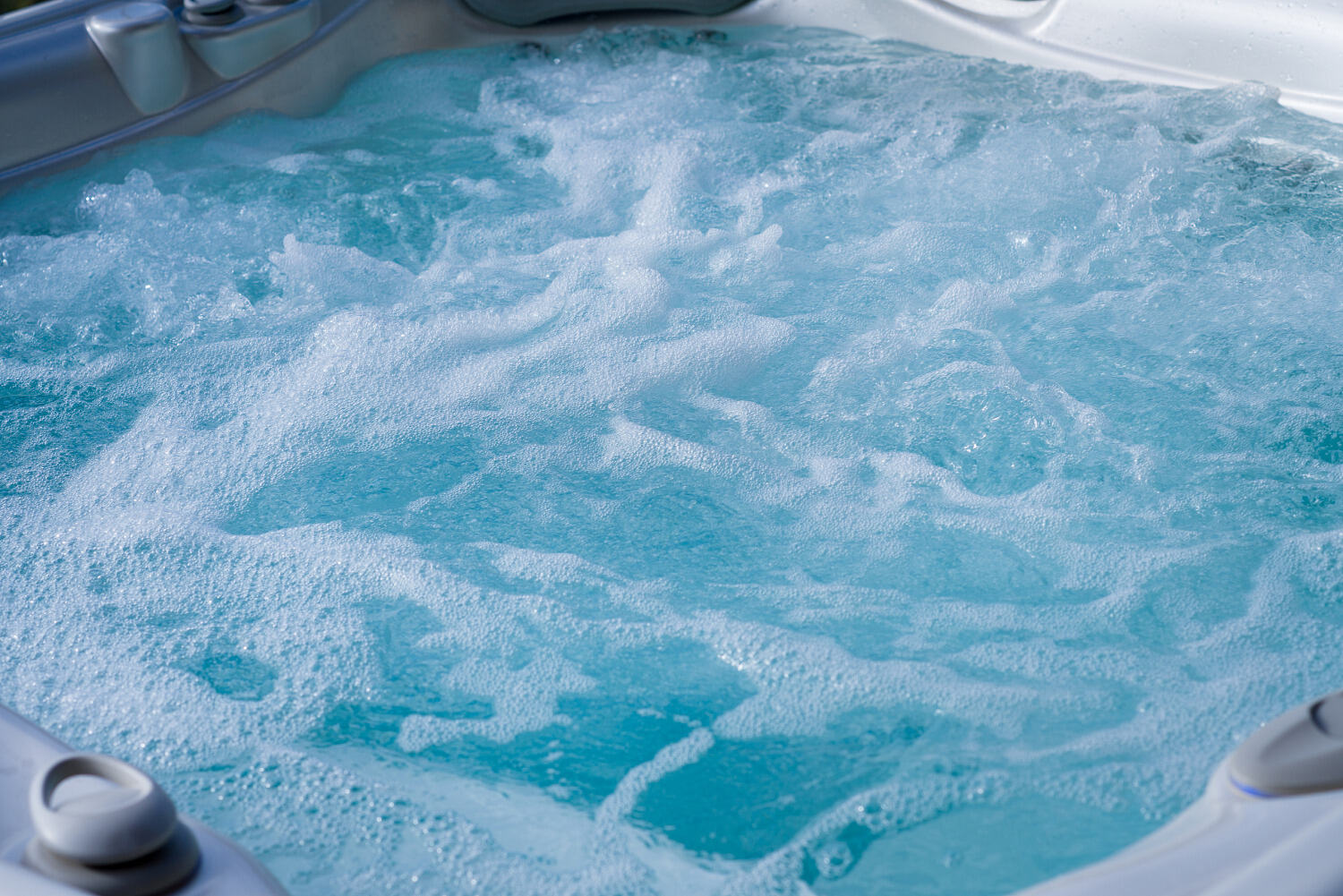
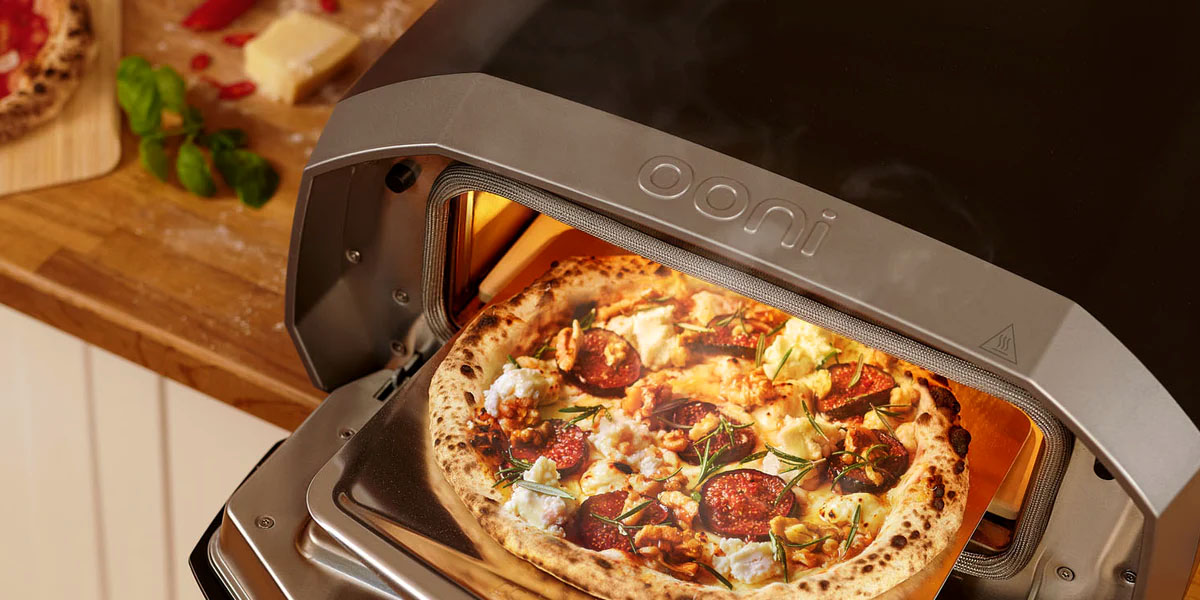


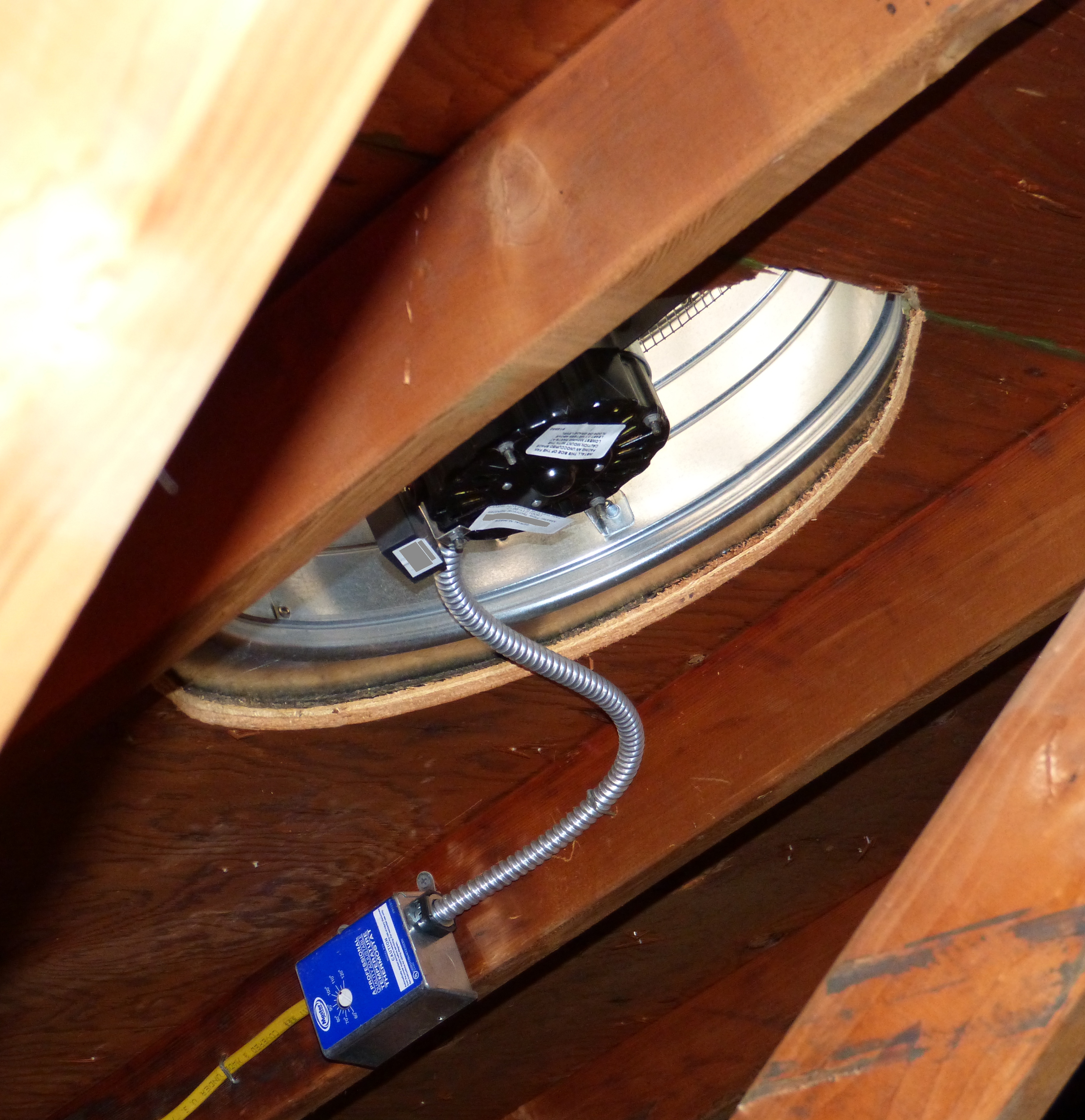
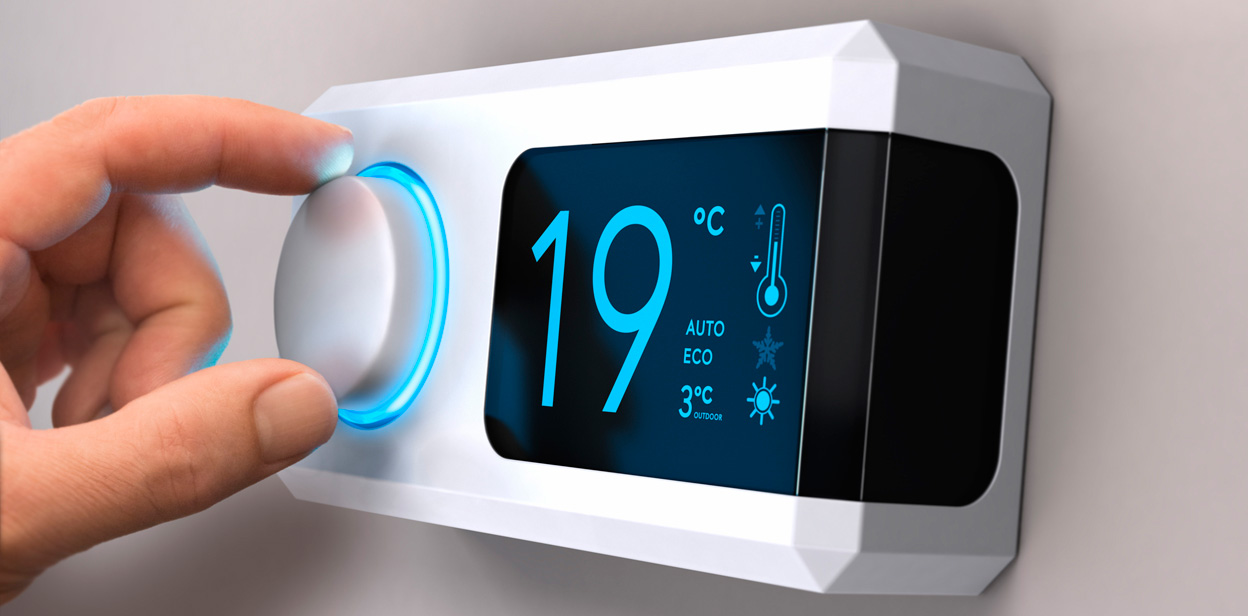

0 thoughts on “What Temperature Should A Refrigerator Freezer Be”